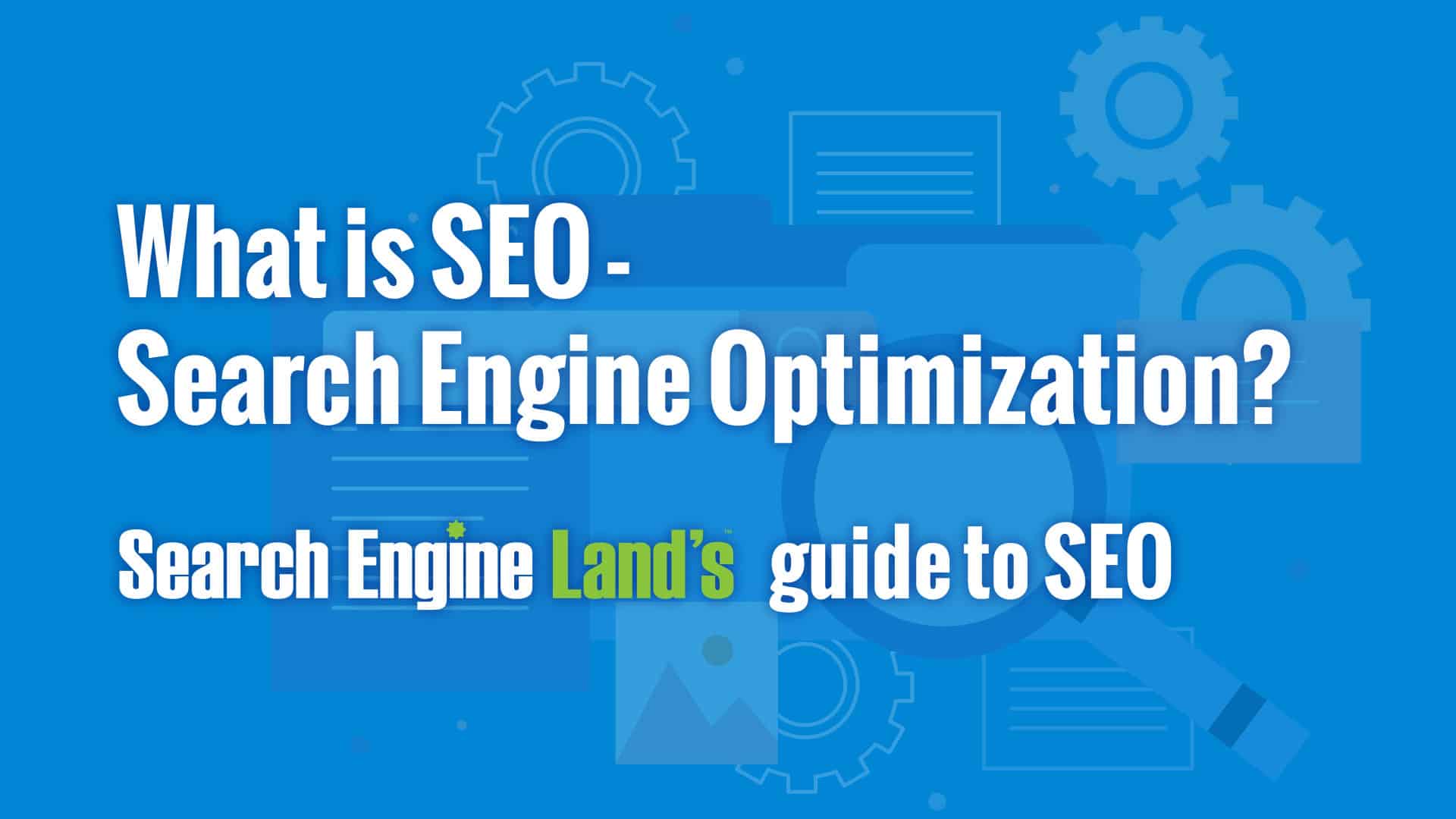Thinking Outside the Box: Leveraging Unconventional Mediums to Enhance Google Analytics Efficiency
In the realm of digital advertising, the quest for enhanced Google Analytics efficiency has ended up being a calculated necessary for services looking for to improve their online existence. By checking out non-traditional mediums as opportunities of information collection, a new world of possibilities arises.
One-of-a-kind Data Resources

Social media platforms use important information on individual demographics, rate of interests, and interaction metrics, enabling businesses to determine the efficiency of their social media campaigns and maximize web content for far better performance. By leveraging these special data sources, businesses can refine their methods, boost targeting efforts, and improve overall Google Analytics performance.
Social Network Insights

Additionally, social media analytics tools allow companies to track key efficiency indicators, screen project efficiency, and gauge the impact of their on the internet tasks. Understanding the demographics of followers, determining preferred content motifs, and examining engagement levels can aid businesses tailor their advertising methods for better results.
Offline Marketing Assimilation
Incorporating offline advertising and marketing techniques with digital analytics can improve overall campaign efficiency and offer an extra comprehensive understanding of consumer behavior. what is not considered a default medium in google analytics. By connecting the gap between online and offline efforts, services can track the impact of standard advertising and marketing channels such as print ads, TV commercials, direct mail, and events on their on-line visibility

Moreover, carrying out call monitoring systems for offline marketing activities allows companies to catch beneficial information on consumer questions generated with published materials or advertisements (what is not considered a default medium in google analytics). By assessing telephone call information alongside online metrics in Google Analytics, organizations can acquire deeper understandings into the client trip and enhance marketing methods for enhanced efficiency throughout all channels
IoT and Wearable Modern Technology
Utilizing IoT and wearable innovation in electronic analytics can change information collection and customer insights for businesses looking for a much deeper understanding of user behavior patterns. Wearable modern technology, such as smartwatches or health and fitness her response trackers, can supply insights into user activities, health and wellness metrics, and also place data.
Gamification Techniques
The implementation of gamification approaches in digital analytics presents an ingenious strategy to enhancing customer interaction and driving workable insights for businesses. By integrating game-like elements such as factors, badges, leaderboards, and rewards right into the analytics interface, firms can motivate users to communicate more frequently and meaningfully with the data.
Gamification urges individuals to explore different attributes of the analytics system, revealing important understandings that could have or else gone undetected. Through interactive challenges and development monitoring, customers are incentivized to dive deeper into the information, resulting in enhanced time invested on the system and a greater likelihood of finding essential patterns or patterns.
In addition, gamification can foster a feeling of competition among customers, stimulating them to strive for higher efficiency and interaction degrees. This affordable spirit can drive raised individual adoption prices and an extra comprehensive utilization of the analytics tools readily visit available. Eventually, by leveraging gamification approaches in electronic analytics, services can produce a much more productive and interesting setting for our website individuals, leading to more informed decision-making and improved overall performance.
Final Thought
To conclude, leveraging non-traditional mediums such as one-of-a-kind information resources, social media sites insights, offline advertising assimilation, IoT and wearable innovation, and gamification strategies can optimize Google Analytics performance. By thinking outside package and checking out these alternate resources of information, services can acquire useful understandings and improve their total marketing techniques. It is necessary for companies to continuously explore brand-new ways to gather data and examine it in order to stay in advance in the ever-evolving electronic landscape.
By incorporating data from resources such as consumer connection administration (CRM) systems, social media systems, and e-mail advertising and marketing projects, companies can get a more thorough understanding of their target market habits and interaction patterns. Social media systems use important information on user demographics, interests, and engagement metrics, enabling organizations to determine the performance of their social media campaigns and maximize web content for far better performance. By leveraging these special data resources, services can fine-tune their techniques, enhance targeting efforts, and boost overall Google Analytics performance.
Exploring social media insights can give businesses with important data on customer demographics, rate of interests, and interaction metrics, allowing for informed decision-making and strategic optimization of advertising and marketing efforts. By believing outside the box and exploring these alternate sources of information, organizations can gain beneficial understandings and improve their general advertising and marketing strategies.